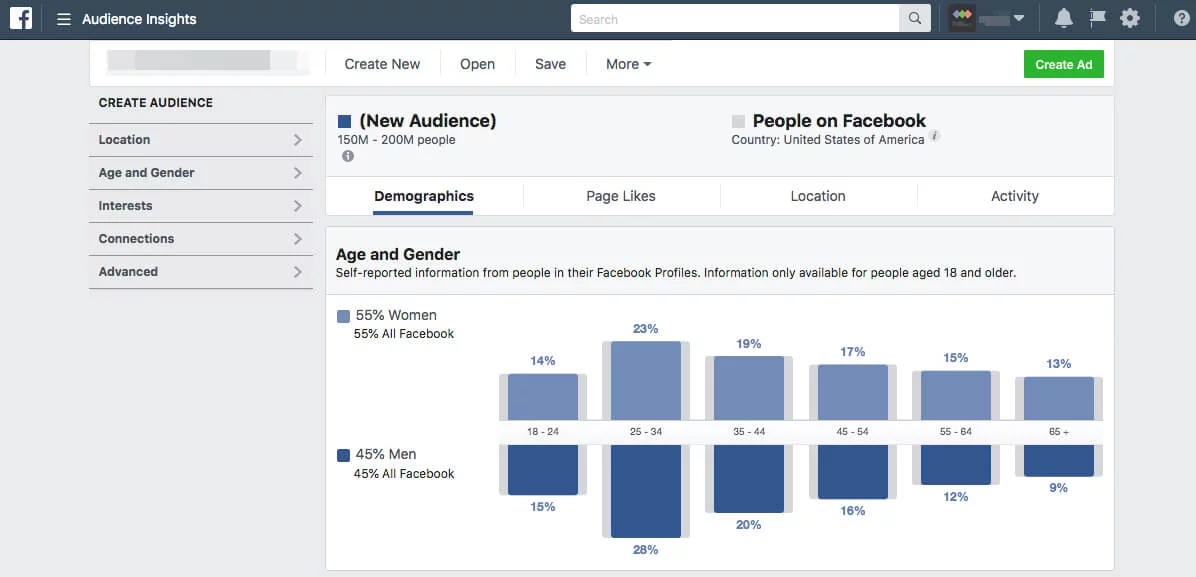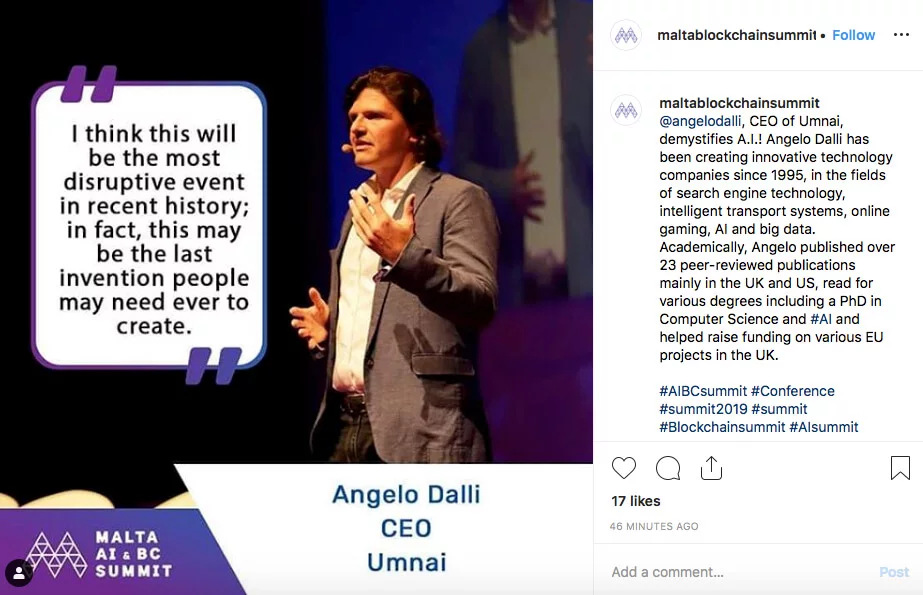
The clock is ticking. Your event is just around the corner, maybe even tomorrow, but not a single person has bought the ticket.
Boost Attendance for Your Paid Events and Webinars
Summarize with
Table of contents
You’ve spent a fortune on speakers, venue, equipment, catering, what have you, but a disaster seems imminent.
Research your market and audience
This is perhaps the worst nightmare of every event organizer. Even webinar hosts who avoid venue expenses would still sustain a huge opportunity cost, as it takes a great deal of time and effort to create a high-quality webinar.
Navigating successful webinars and live events. Key strategies.
How do you prevent this nightmarish scenario from becoming a reality? In this article, we will examine the question in great detail and provide many practical tips for both webinars and live performances.
Do your research before you even so much as think about organizing an event. You can do it in the following ways:
1. Online tools such as Facebook Audience Insights
Facebook Audience Insights allows you to filter people based on their interests and consequently determine your target audience.
Let’s say you want to organize a webinar on responsible recycling. You may type in recycling in the “Interests” field and find out what type of people have this interest: their age, gender, location and even such personal details as household size, income and spending habits.

This information will help you craft a more informed marketing strategy.
2. Polls, surveys, feedback
This is a more direct method of obtaining the needed information, however, it is hard to do if you do not have any following, or if it is literally your first conference or webinar.
Polls and surveys are best done before, during, and right after the event. Feedback before the conference or webinar will give you a chance to adapt your content and meet the attendees’ expectations. Post-factum polls and surveys will provide you with areas for improvement for your next event.
Do not procrastinate with asking for the feedback though. Encourage attendees to share their impressions via social media.

The longer you wait, the more people forget about your conference, and the less willing they are to spend their free time filling in surveys. That is why it is often best to devote 10 minutes to polls during the event itself.
3. Competitors’ feedback
Find out what people say about your competitors on the internet. What did they like and what do they complain about? Then simply do better. This is a very time-costly method of obtaining the necessary info, but it is personal and free.
Create a strong online presence
Once you understand who your potential attendees are, you can continue with the next step, which is generating leads. To attract as many leads as possible, focus on building a strong online presence across different channels.
So, our main tips are:
Create a website and accounts on every popular social network
“But I hate Twitter. It only allows 280 characters, it’s so constraining!” Well, in that case, you need to make a choice between your own comfort bubble and a bigger outreach.
If you are new, you may not have the luxury of choice here. You never know where most of your leads will come from, as social media algorithms can be pretty fickle. But it’s best to knock on every door.
Make engaging, informative and versatile posts regularly
Make your posts engaging by asking the attendees to re-post, share their opinion in the comments and make predictions about the future webinar or conference. The posts that get commented on are higher up in the feed and are, thus, more likely to attract other people’s attention, potentially inflating the ranks of your attendees.
Read also: How to Promote Your Event on Instagram in 2019
Make your posts informative by giving a sneak peek into the event’s content, speakers’ credentials and other perks such as food, additional materials, prizes, etc. You should do your best to inform your potential attendees on the value of your webinar or conference.

Vary the type of your posts. Do not just do status updates, when video content is all the rage in 2019. As an example, you may create a video overview of a venue, or publish an excerpt from a previous webinar.
Most importantly, you should post regularly, especially if there is less than a month left before the event. Not only will it help increase your ranking in search results, but you’ll also consistently pop up in your attendees’ feed, reminding them of your conference or webinar.
Get involved in email marketing
While website updates and posts are important, many people either have no time to read your content or try to avoid social media altogether. However, no one can eschew emails, as this is where people get information from governmental and other official institutions.
In addition, there is no danger of getting lost in the newsfeed, as emails reach your attendees directly.
So how do you get more attendees via email marketing? Here are some ideas:
Use succinct and relevant subject lines that create a sense of urgency
Subjects lines should be curt so as your attendees can read them in 3 seconds (this is how much time advertisers have on average to grab audience’s attention).
They should be relevant, as there is nothing more spammy than a headline which doesn’t correspond to the content. Moreover, they should instigate a sense of urgency (why should anyone bother paying for your event now, if there are still two weeks to do so?) A small “early bird” discount would definitely help here.
Good subject lines increase your emails’ open rate, thus, giving you a chance to be heard.
Create short, appealing and grammatically correct body copy
Nobody has time to read pages of text nowadays. If you feel a need to express yourself, it’s best to do it on Facebook or in your blog. Keep your message as short and expressive as possible.

Double-check your email before sending it. Grammar errors may not only dissuade your potential attendees from paying for your webinar or conference but also cause them to unsubscribe from you altogether. You can use a free grammar checker or grammarly.com in order to avoid mistakes.
Have an eye-catching and promising call-to-action button
If your potential attendee can’t find a button to pay for your event, most likely, they will leave and look for a different proposition (unless they are loyal or your offer is something special). In any case, you do not want to risk annoying your customers.
Make the CTA button bigger, and use contrasting colors and professional designs with sufficient white space. Personalize the button to match your offer (Boost Your Traffic Now instead of a simple Register). Learn more about call-to-action buttons in this article.
Reach out to sponsors, influencers, and previous attendees
A few words about sponsors
Sponsors can help you decrease the cost of your event and provide more value to your audience by sharing a relevant proposition. The keyword here is relevant.
Do not get a petroleum company to sponsor your conference on renewable energy.
Besides the clear financial advantage, sponsors can also help attract more attendees. You might be asking how this works. When a company or an individual sponsors your event, they are essentially showing support for you and what you are offering.
So if you get a big name in the industry to support your efforts, you are in luck. However, even reaching out to smaller local businesses with a good reputation in the area can be very beneficial, especially if you plan to hold a conference nearby.
Just make sure not to smear your name with shady sponsorships. Those will be detrimental to your efforts of boosting up attendance.
A few words about influencers
Just like sponsors, influencers should be involved in a niche similar to yours.
You may ask influencers to do affiliate marketing for your event. Simply provide them with a unique discount code for your webinar or conference that they can share with their subscribers. This way you can track how many of your attendees came from those influencers and properly calculate commission.
You may also pay influencers to talk about their experience with your webinar or conference in a form of storytelling. This is a more natural way to get attendees, as they will be interested in the value you provide rather than a discounted price.
A few words about previous attendees
Previous attendees can share their experience with your event on social networks, often absolutely for free. What is more, this is the most genuine and believable type of advertising you can get.
To get feedback from previous attendees, you should:
- Hold a successful event that provided real value;
- Stay in touch throughout the year via email marketing, blog posts and social media updates;
- Offer incentives for sharing, such as a discount or a special gift (a fun T-shirt should do).
The latter is often not necessary. After all, many attendees just feel genuine gratitude that they want to share with the world. Sometimes you just need to ask them to share it.
As you can see, you can increase the number of attendees by building a strong online presence through social networks, your website and emails, and by creating valuable partnerships with sponsors, influencers and even your past participants to get more attendees.
FAQ
You should start promoting your paid event at least several weeks in advance so that people have time to discover it and make plans. If you wait until the last minute, many potential attendees will already have schedules or ignore your announcement.
Yes, it is necessary to use email marketing even if you post on social media because emails reach people directly and don’t depend on algorithms or feed visibility. Social media may miss many of your audience.
You should choose influencers and sponsors whose audience or values closely match your event’s topic so their followers will genuinely care. Relevance is more important than size. That way their endorsement feels natural and not forced.
The best incentives are ones that add perceived urgency and value without undermining your pricing. For example an “early bird” discount valid for a limited time or a bonus (like extra materials) rather than a flat large price cut.
You should send several reminders at well-timed intervals. For example, send one a few weeks before the event, another about a week before, and the last one a day or two in advance. However, avoid sending too many messages. Each reminder should add something useful or create a sense of urgency so it doesn’t feel like spam.
An expert behind the simplified online meeting and webinar software platform, MyOwnConference. In today’s flexible work environment, Dan offers invaluable life hacks, in-depth reviews, and savvy tips for organizing, promoting, and excelling in virtual conferences and webinars.











